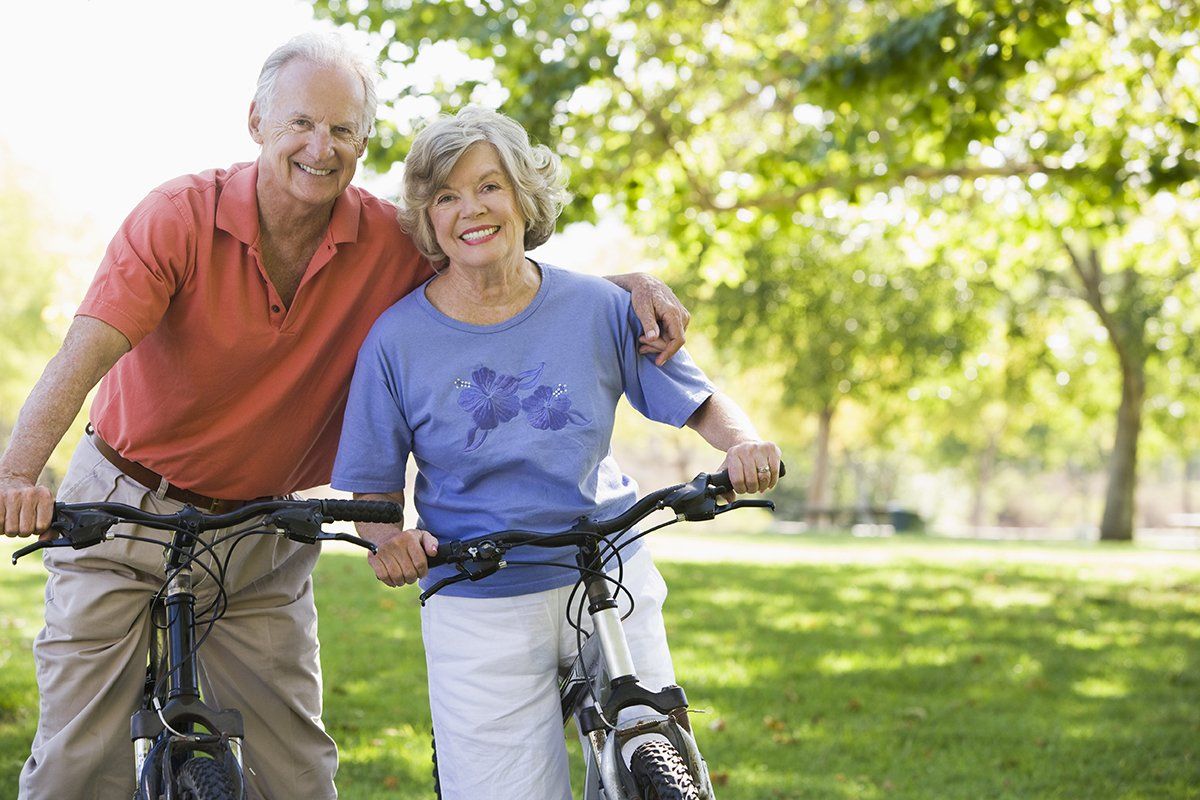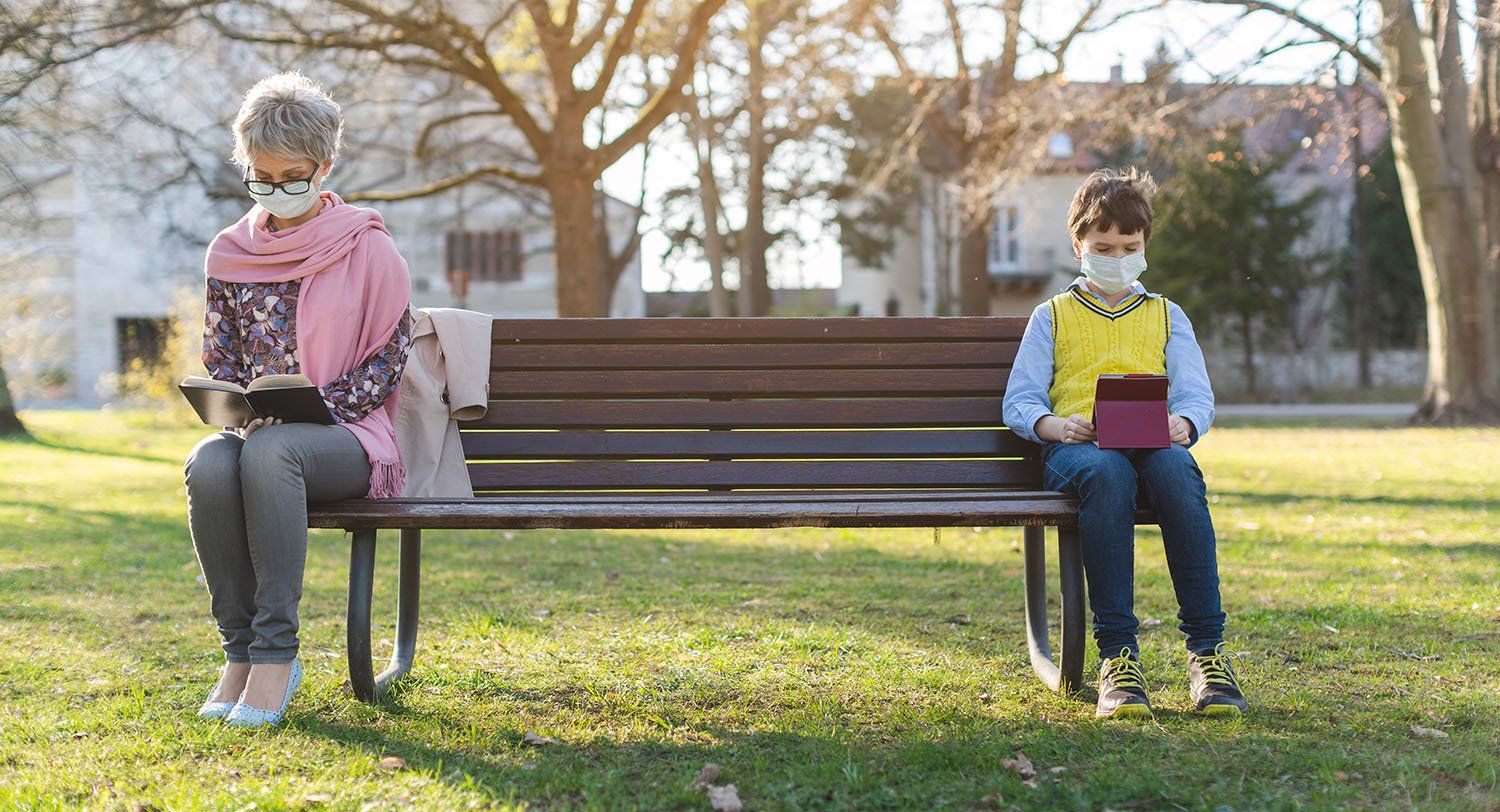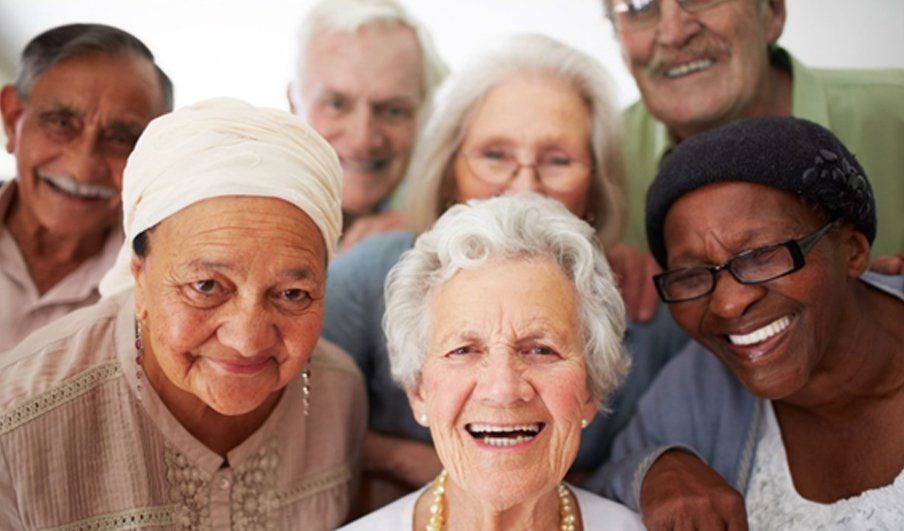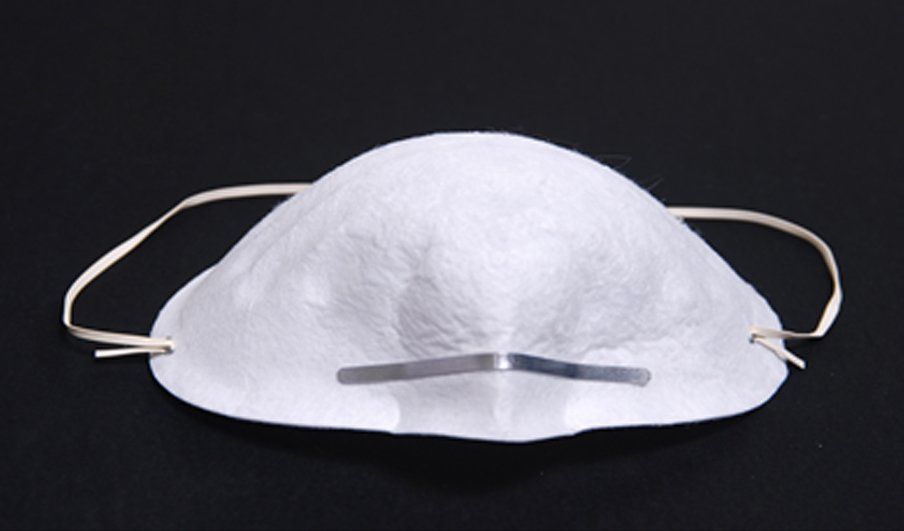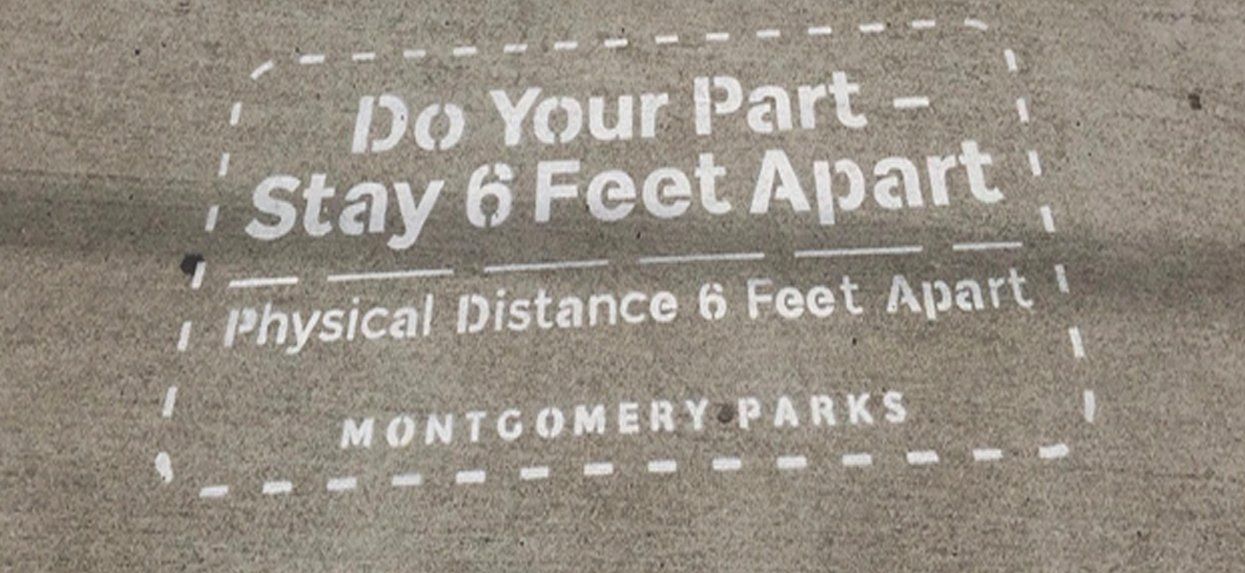Being the Driver of Your Life
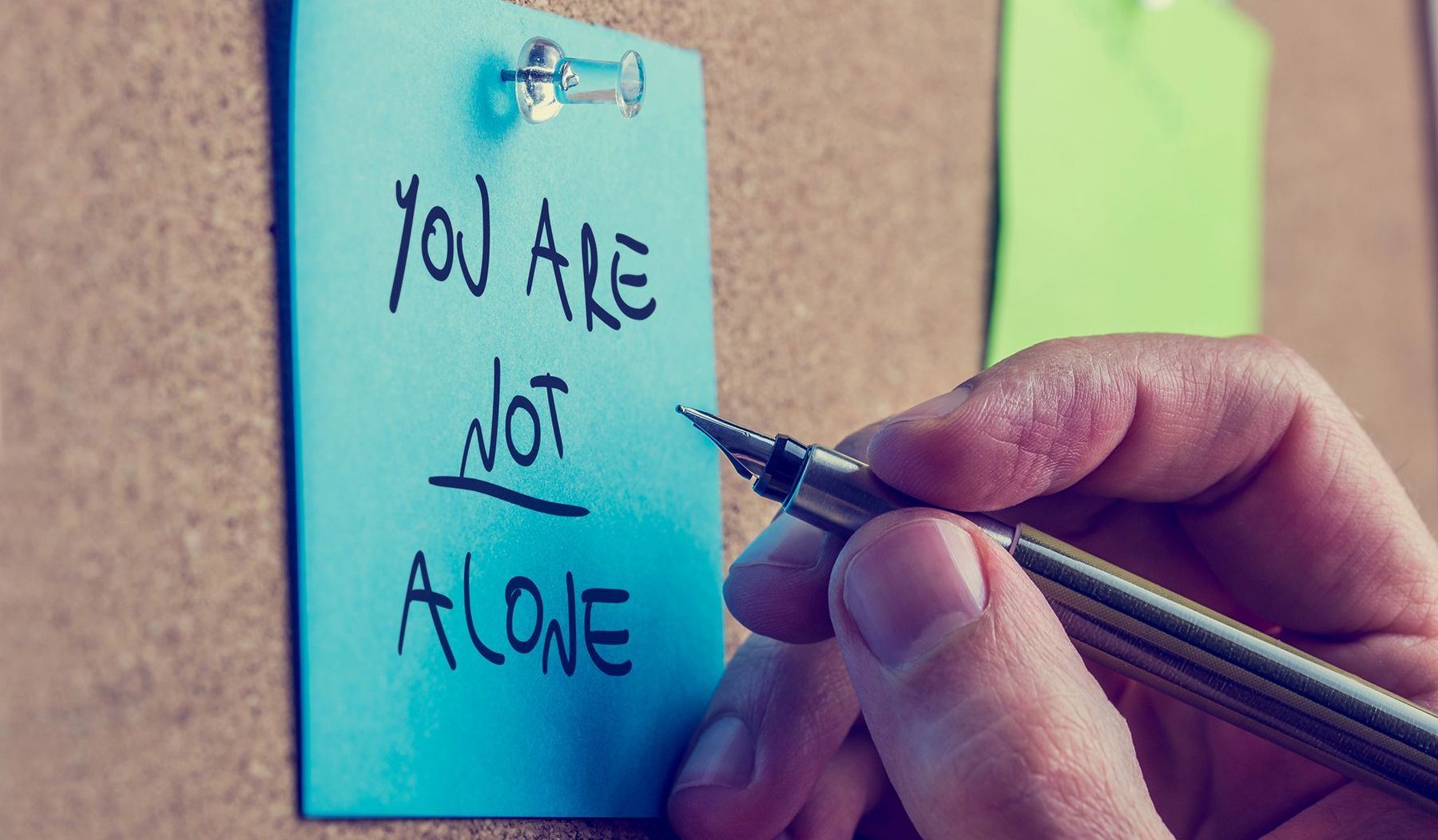
After an Elder Abuse and Fraud Prevention training we delivered last week, an attendee shared she felt there is a definite power shift that occurs as we age. Later, in reflection of this statement, I wondered, did she mean feeling powerless, not in control of one’s life or relinquishing your power as you age at the convenience of others? Would this shift include a change in the balance of power that affects where you live, your health management, family dynamics and social relationships? Suggesting, should and why does one self-advocate?
Self-advocacy has three key elements. Understanding your needs. Knowing what kind of support might help and communicating these needs to others. There are also disadvantages to self-advocacy that may include the lack of perspective to understand the issue at hand and your ability to help yourself is limited by your ability to be objective and clear about your issues. Know that advocacy is a response to perceived injustice. Strong and impactful advocacy can affect genuine change. Not speaking up for your needs can lead to feelings of being overwhelmed, which can lead to stress, anxiety, and depression. Each of us needs to protect one’s own well-being and happiness.
Becoming a self-advocate does not happen overnight; it takes time, effort, and practice. Now that I have shared with you the pro and cons of being a self- advocate, you must think about how to become the “driver of your life.” What does this mean? It means you know what is happening in all aspects of your life and you actively participate in all major decisions. Most importantly, you must include the practice of self- care. Self-care is the practice of individuals looking after their own health using the knowledge and information available to them. Remember, express your goals for and about your future with your family and support systems. Being the driver of your life does not mean you cannot have support from others. People can assist you, but staying engaged in the decision-making process is critical to your mental and physical well-being. When I write these blogs, I always look for research proven data to back up my message. This time, my message to you is to believe, self-educate, be informed, and stay engaged. Have confidence you will be stronger and have an empowered voice in your social, emotional learning journey of self-advocacy. Becoming a self-advocate is a lifelong process. When you master it, it will change your life forever.
Must Read Newsletter
Sign up for news and events
Newsletter
Most Popular
